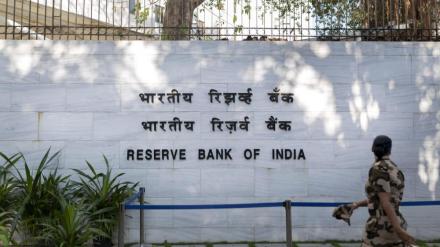In August last year, the Reserve Bank of India (RBI) launched a pilot project for a public tech platform for frictionless credit, aimed at bringing about efficiency in the lending process in terms of reduction of costs, quicker disbursement, and scalability. Named Unified Lending Interface (ULI), the platform will be launched nationally “in due course”, RBI Governor Shaktikanta Das announced on Tuesday. The plan is in sync with the central bank embracing the concept of digital public infrastructure (DPI) which encourages the financial sector players to create and provide innovative solutions in payments, credit, and other financial activities. The ULI architecture, developed by the Reserve Bank Innovation Hub, has common and standardised APIs (application programming interface), designed for a “plug-and-play” approach to ensure digital access to information from diverse sources.
For digital credit delivery, the data required for credit appraisal are available with different entities like central and state governments, account aggregators, banks, credit information companies, and digital identity authorities. However, these data sets, which include even land records, are in separate systems, creating hindrance in timely delivery of rule-based lending. The new ULI platform aligns with India’s broader DPI strategy, which includes the JAM trinity — Jan Dhan accounts, Aadhaar, and mobile phones. The integration of ULI into this existing framework is expected to enhance its impact further by addressing the credit needs of underserved segments.
There isn’t any doubt that ULI is needed in India, where credit delivery is still quite time-consuming, especially to medium and small manufacturing enterprises (MSMEs), which are the country’s second-largest job creator after agriculture, contribute a third of the GDP, and 45% of national exports. The credit gap in the sector was pegged at `20-25 trillion by a report of the Expert Committee on MSMEs headed by former Sebi Chairman UK Sinha in 2019. The figure is estimated to have gone up to `28 trillion now. To some extent, the government’s measures such as priority sector lending status and Emergency Credit Line Guarantee Scheme to support businesses have helped.
But the jury is still out on whether the ULI will live up to the RBI governor’s promise of it being “a revolutionary step”. CareEdge Ratings has summed up the major stumbling blocks for MSMEs in accessing formal credit: requirement for collateral, the seasonal nature of business of MSMEs, lack of awareness and financial literacy, and lack of credit history and financial record. Except for the last one, the rest is beyond ULI’s ambit. While easy credit will become a lot quicker, the problem for lenders will be recovery, particularly during an unexpected economic downturn. Typically, small borrowers are the ones whose cash flows get impacted at the first hint of an economic turmoil.
While talking about ULI, Das has drawn parallels to the transformative impact UPI has had on the payments ecosystem. But there is a crucial difference. ULI was a response to the nation’s patchwork of rules and paperwork for payments, and the goal was to make transfers easier and safer by allowing multiple bank accounts on the same mobile platform for individual and business use alike. ULI will be an entirely different kettle of fish as it has recovery risk associated with it. That is where the financial entities will have to step in with much more robust recovery mechanisms.
